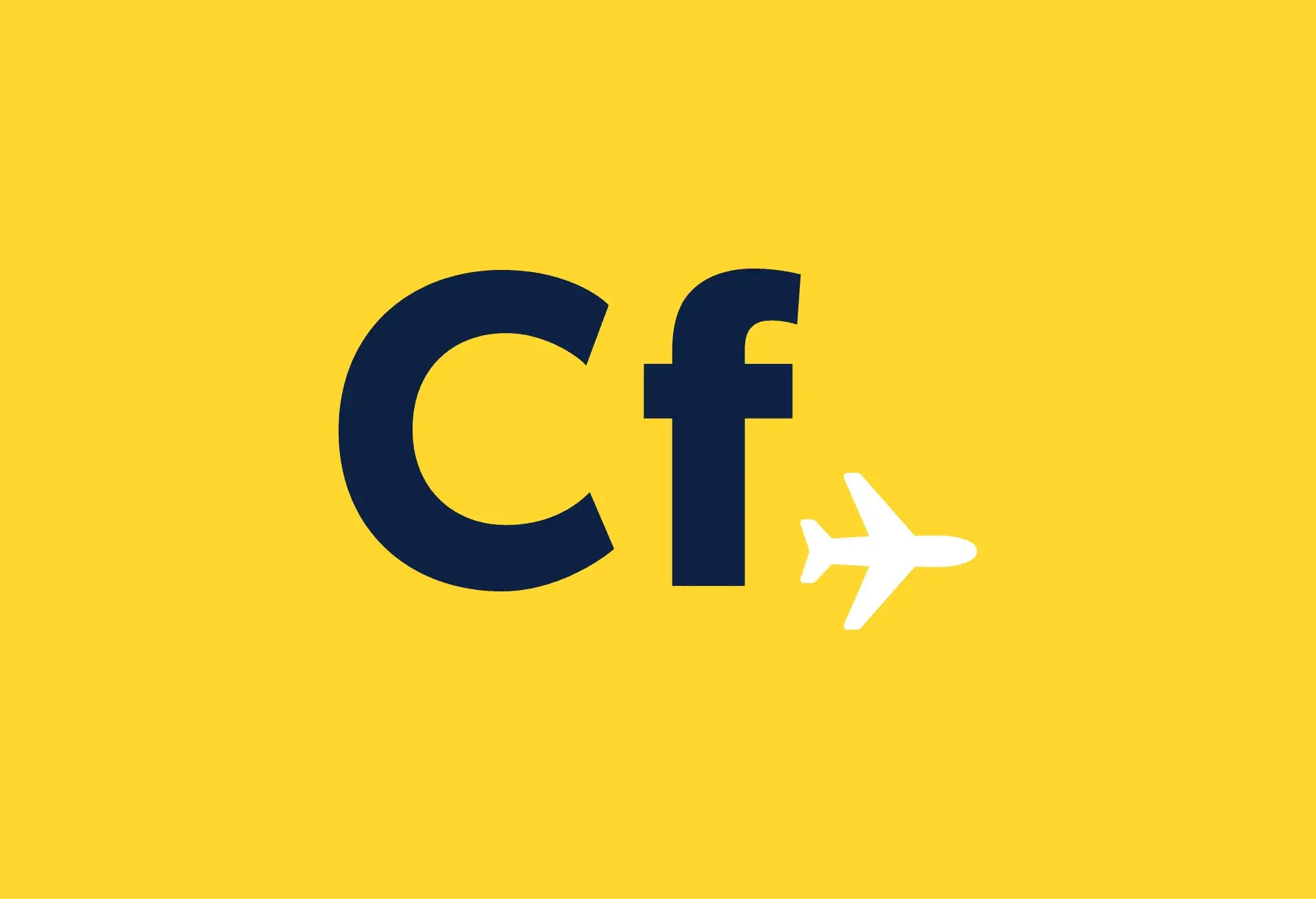Serious about beer, Germany has had a Purity Law since 1516
German brew: Where to start? German beer, to the rest of the world, is synonymous with Lowenbrau, Becks and Holsten Pils, but it houses more than half of Europe’s breweries inside its borders.
There are 64 types and sub-types of German beer. To complicate things further, Germans are discerning when it comes to beer styles and can be wedded loyally to their local brew.
When they order a beer, they hardly ever ask for a brand name. Instead they order beer by its style name, asking, for instance, for a Pils, an Alt (Old), a Kölsch, a Weissbier, a Helles or a Dunkel.
Generally, beers become maltier going from north to south and “hoppier” from south to north. In addition, some styles can have more than one regional name. A Kellerbier, for instance, may also be called Zwickelbier,Kräusenbier or Zoigl. The north German Dortmunder, which is a pale lager containing 5 per cent alcohol, is also known as Export.
Given regional loyalties, it’s probably best to talk about beers that you are likely to find at a regional airport!
Brews to look out for in Bavaria
Weissbier: This white beer is the most popular beer style in Bavaria. It’s a pale lager made from malted wheat. It’s varieties include Märzen, a medium body, malty lager that comes in pale, amber and dark varieties, orDunkel, the dark sweetish, malty Munich style lager. When in Munich Airport, visit the “Airbrau”, they actually brew their own beer on site! If passing through Munch during winter, it’s traditional to drink Bock beer. Originally, dark lager beers, Bockbiers are among the heaviest and maltiest, yet smoothest, brews in the world. Sub styles include Maibock,Helles Bock, Doppelbock and the strongest, Eisenbock, which is frozen to remove excess water. These brews should be sipped, not guzzled because, traditionally, a Bockbier has a minimum alcohol content of about 6.5 per cent. Most “standard” Bocks do not exceed an alcohol level of 8 per cent, but some can weigh in at a staggering 13 per cent.
Brews to look out for further north
Kölsch: One of only a handful of traditional German ales, this is the local brew of the city of Cologne. It is one of the palest German beers made and may only be brewed in the immediate area of Cologne.
Altbier: A copper-coloured brew that’s indigenous to the Rheinland in the northwestern part of Germany. The best known Altbiers come from Düsseldorf, the state capital, and are most likely to be available at the airport.
Dortmunder: A full-bodied, moderately hopped beer of at least 5 per cent alcohol content.
Berliner Weisse: A sour, tart, fruity, highly effervescent, spritzy, and refreshing ale that’s almost only ever found in and around Berlin. A drink for hot summer days, this beer is relatively low in alcohol, only 2.5-2.7 per cent by volume, and because it’s a sour beer, it’s often taken with a shot of wood-ruff or raspberry syrup.
Pils: The home of this famous brew is Hamburg. Pils is a very blond, brilliantly clear, moderately effervescent lager, modelled largely after a beer style invented in 1842 in the Czech city of Pilsen from which it takes its name. Pils is often strongly hopped with an assertive up-front bitterness and has an alcohol content of about 5 per cent. It’s sold everywhere in Germany and has about 60 per cent of the German market.
For those wondering why Frankfurt has been left out of the German beer guide, the reason is that it’s in the state of Hesse where Apfelwein, which means cider is the state beverage.
Thirst quencher: If you’re dazed, confused or at a loss with what to ask for, play it safe and say “Eine Pils bitte” – I’ll have a Pils please!
Beer guide to England | Beer guide to Scotland | Beer guide to France | Beer guide to Spain | Beer guide to Austria


